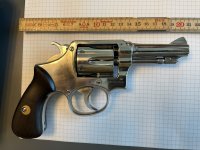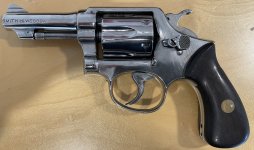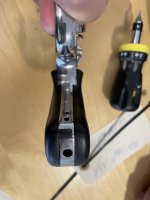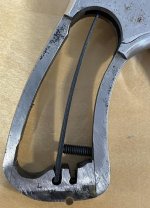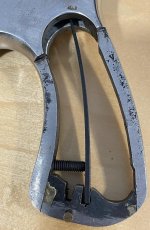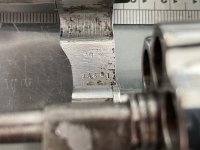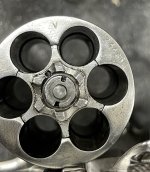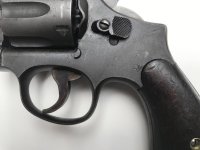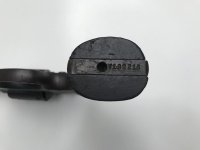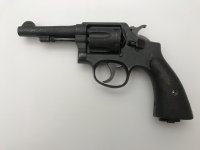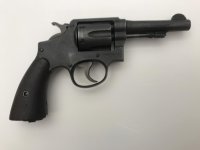CMAS3X
Member
Dear revolver experts
My uncle died last year and we found out that he had an old revolver in his safe. Now i need Your help to identify what kind of revolver it is.
It has 5 screws - Four on right side and one in front of the triggerguard
It has fixed sights.
It is a .38 S&W ctg caliber
On the left side of the frame, above the cylinder it said "United States Property" (It is almost gone)
It has no model number behind the Yoke, but an "A8" and a production number.
I really appreciate if You can help, Thanks.
Best regards
Niels-Jorgen
My uncle died last year and we found out that he had an old revolver in his safe. Now i need Your help to identify what kind of revolver it is.
It has 5 screws - Four on right side and one in front of the triggerguard
It has fixed sights.
It is a .38 S&W ctg caliber
On the left side of the frame, above the cylinder it said "United States Property" (It is almost gone)
It has no model number behind the Yoke, but an "A8" and a production number.
I really appreciate if You can help, Thanks.
Best regards
Niels-Jorgen

